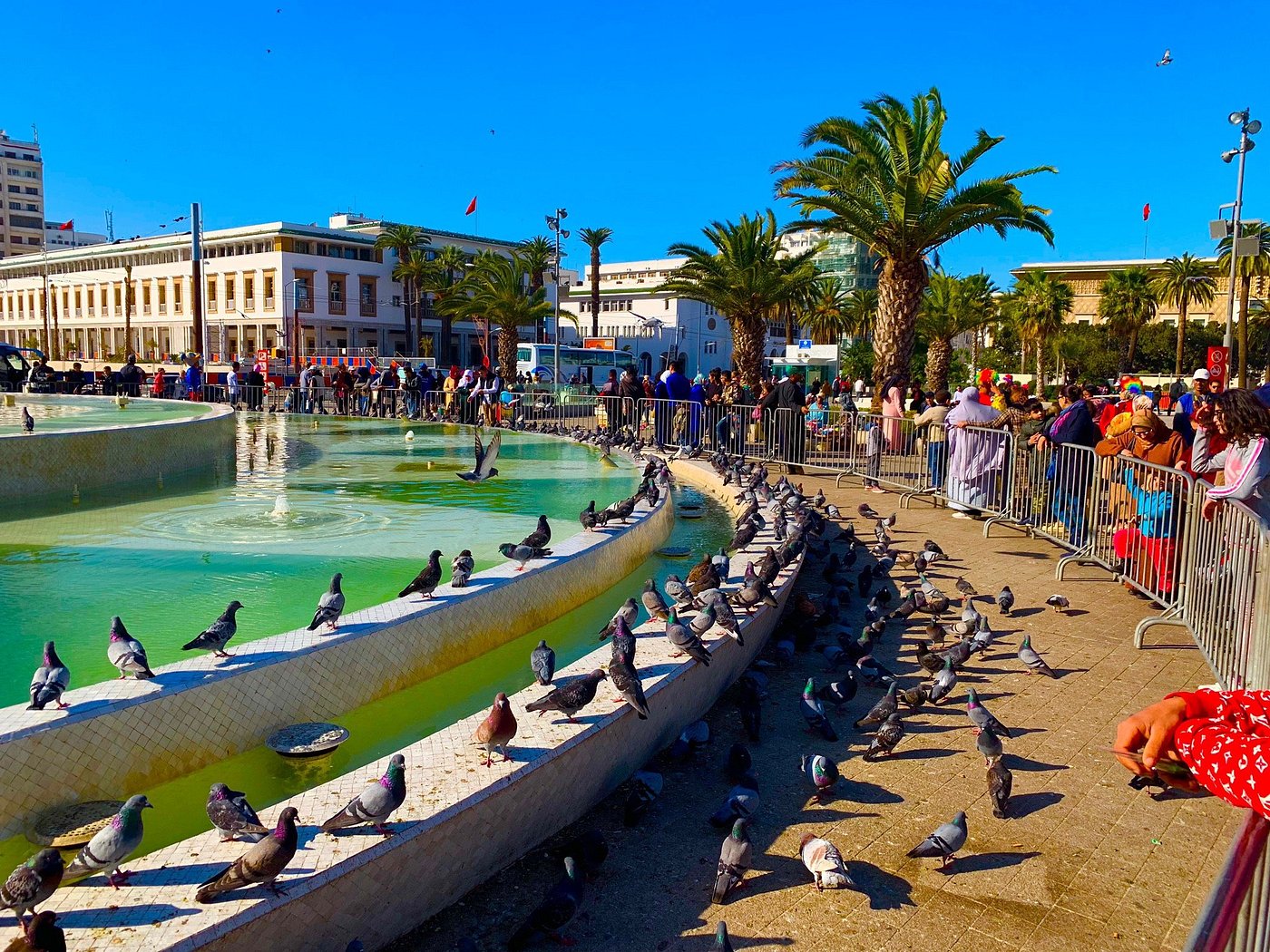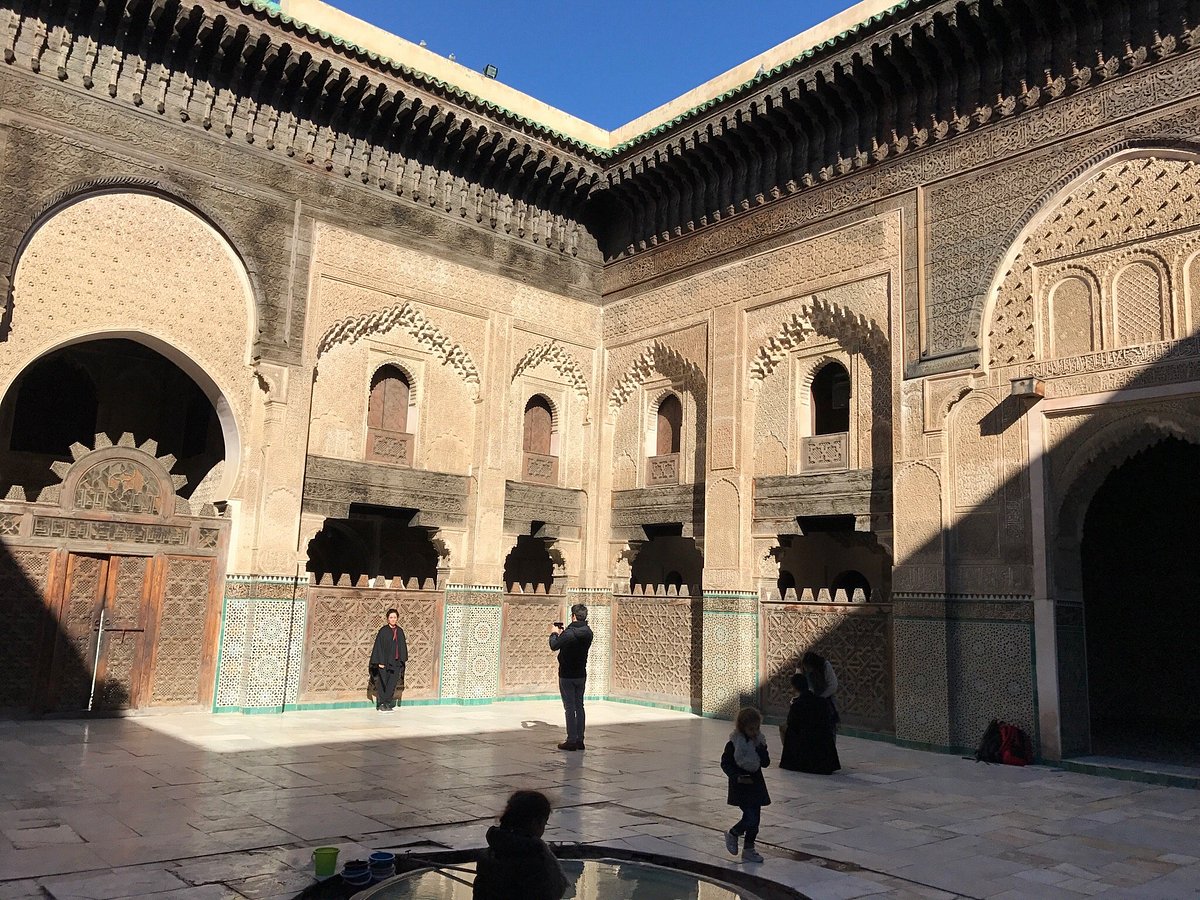
Shopping in Marrakech: A Journey Through the Souks
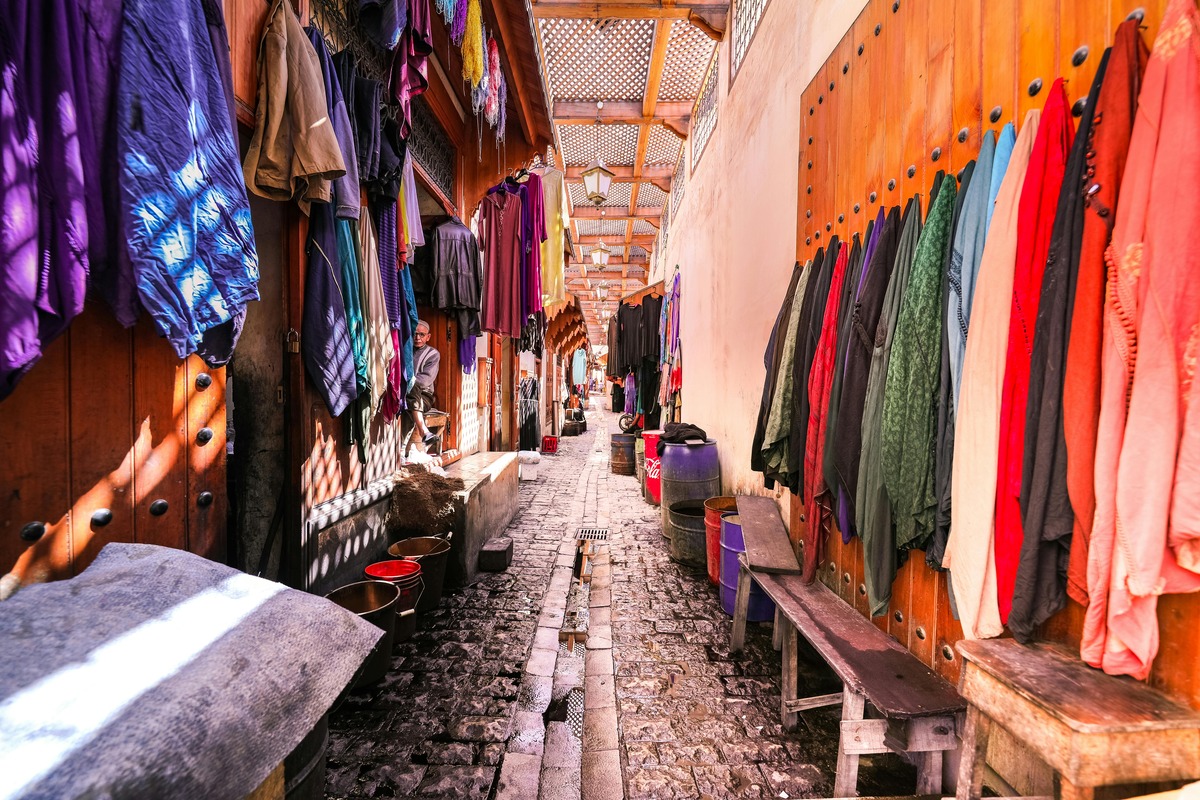
Marrakech, the vibrant Red City of Morocco, offers travelers an intoxicating blend of sights, sounds, and experiences that captivate all the senses. Among the many things to do in Marrakech, exploring its legendary souks (traditional markets) stands as an essential experience for any visitor. The labyrinthine alleys of the medina burst with colorful textiles, gleaming metalwork, aromatic spices, and the animated calls of merchants inviting you to examine their wares. This sensory overload – the waft of exotic spices, the rainbow of vibrant dyes, the chorus of bargaining voices – creates an unforgettable shopping adventure unlike anything in the Western world. If you're planning your Moroccan itinerary, set aside ample time for these extraordinary shopping experiences that rank among the top things to do in Marrakech.
Discover the Souks of Marrakech's Medina
The ancient walled medina of Marrakech houses a vast interconnected network of souks, each specializing in particular goods. Dating back nearly a thousand years, these markets maintain traditional craftsmanship methods passed down through generations. Getting deliberately lost in this maze is part of the authentic Marrakech experience.
Souk Semmarine – The Main Artery of the Medina
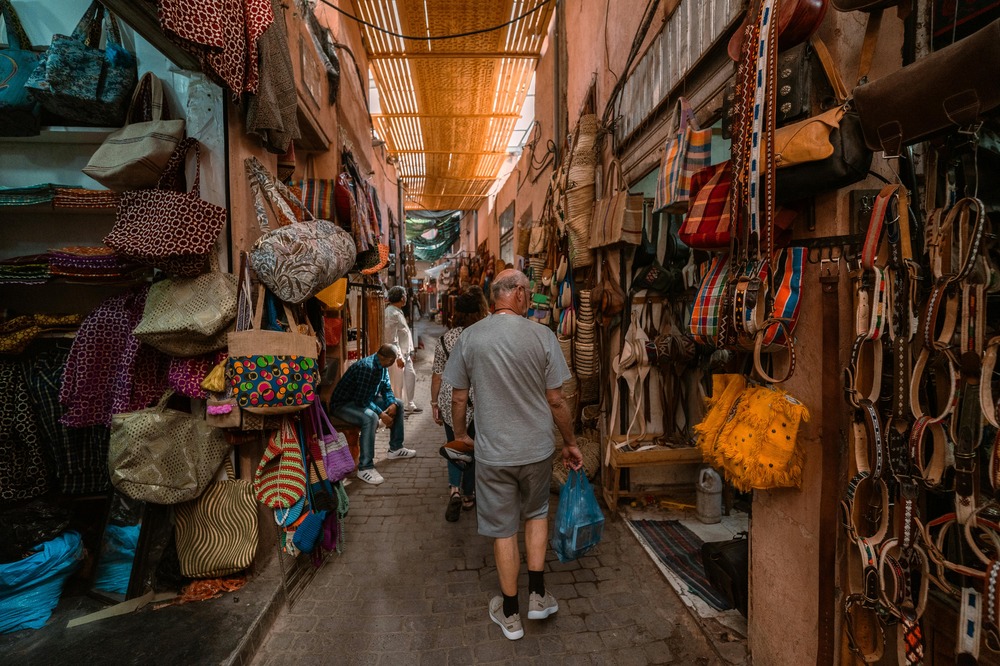
Souk Semmarine serves as the bustling main thoroughfare through Marrakech's market district. This wide, partially covered passage extends north from Jemaa el-Fna square and hosts shops selling everything from traditional Moroccan lamps and carpets to modern souvenirs. As the most accessible and tourist-friendly souk, it offers a perfect introduction to Marrakech shopping, though prices tend to be higher here than in the specialized souks branching off its sides.
Souk Ableuh – Spices, Herbs, and Fragrance

Follow your nose to Souk Ableuh, where pyramids of colorful spices create a photographer's paradise and an aromatic heaven. Merchants display mounds of cumin, saffron, paprika, and the distinctive Moroccan spice blend ras el hanout alongside natural remedies, dried flowers, and fragrant oils. Don't miss the opportunity to purchase fresh mint for traditional Moroccan tea or argan oil, the region's liquid gold prized for its culinary and cosmetic properties.
Souk Haddadine – Blacksmiths and Metal Crafts
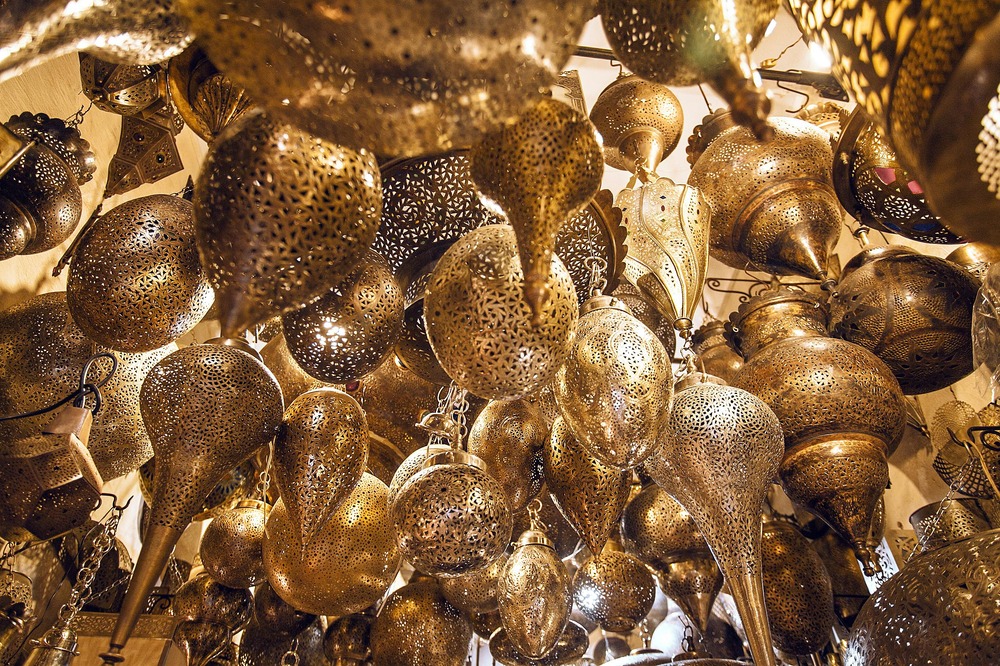
The rhythmic clanging of hammers guides visitors to Souk Haddadine, where blacksmiths and metalworkers practice their ancient craft. Watch artisans transform raw metal into intricate lanterns, decorative mirrors, and ornate hardware using techniques unchanged for centuries. The handcrafted Moroccan lanterns, with their detailed pierced patterns casting mesmerizing light patterns, make particularly stunning souvenirs that capture the essence of Marrakech's artistic heritage.
What to Buy in the Marrakech Souks
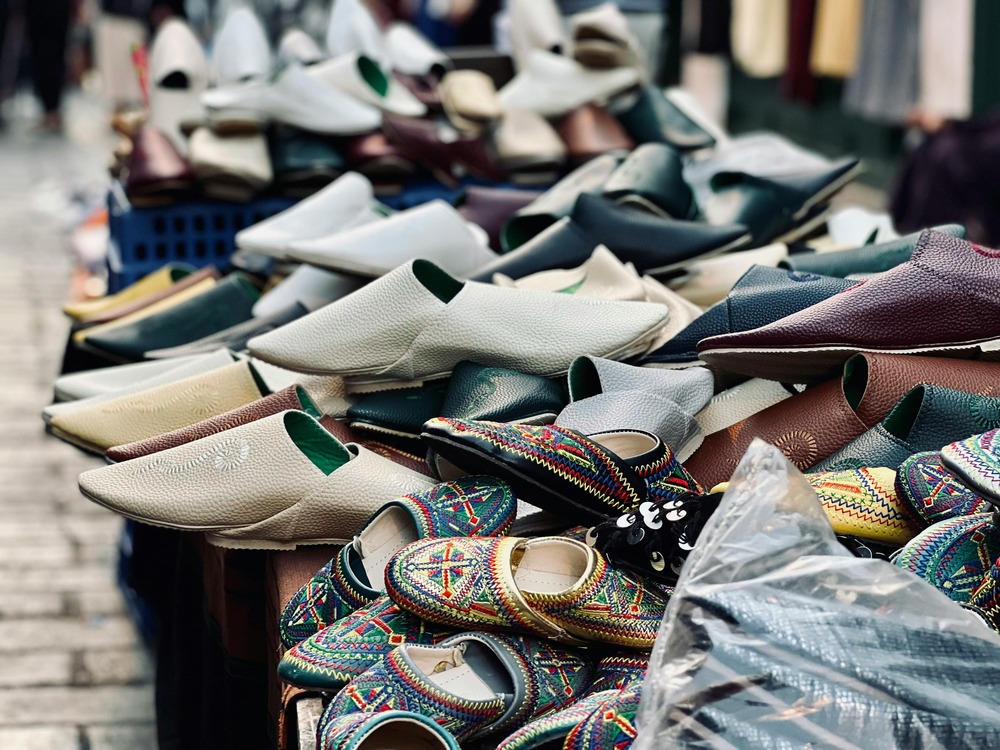
Marrakech's markets overflow with tempting treasures, but certain items stand out as particularly representative of local craftsmanship and cultural significance.
Traditional Moroccan Rugs and Textiles
The textile souks showcase a dazzling array of handwoven Berber rugs, each telling a story through geometric patterns and symbols. Prices vary dramatically based on size, quality, age, and design complexity, ranging from 1,000 dirhams ($100) for small, simple pieces to 30,000 dirhams ($3,000) for large, intricate antique carpets. Remember that carpet sellers typically begin negotiations at three to five times their acceptable price, so friendly bargaining is essential. Before purchasing, examine knot consistency, natural dye quality, and wool texture.
Handmade Leather Goods and Babouches
Marrakech's tanneries produce some of Morocco's finest leather goods. The traditional pointy-toed leather slippers (babouches) come in every color imaginable and make practical, lightweight souvenirs. Other popular purchases include handcrafted leather bags, poufs (leather ottomans), belts, and jackets. Prices for babouches typically start around 150-250 dirhams ($15-25) before bargaining, while quality leather bags might begin at 500-800 dirhams ($50-80).
Jewelry, Lanterns, and Decorative Items
The metalwork souks dazzle with handcrafted brass and silver items. Moroccan lanterns range from small tabletop versions (starting at 200 dirhams/$20) to elaborate ceiling fixtures (2,000+ dirhams/$200+). Silver jewelry, particularly Berber-style pieces featuring geometric designs and semi-precious stones, offers both beauty and cultural significance. For unique home décor, consider hand-painted ceramic plates, carved wooden boxes, or traditional tea glasses with intricate metalwork.
Natural Beauty Products and Argan Oil
Morocco's natural beauty products deserve special attention, with pure argan oil leading the selection. Produced exclusively in Morocco by women's cooperatives, authentic argan oil commands premium prices (expect 100-150 dirhams/$10-15 for a small bottle). Other worthy purchases include natural rose water, ghassoul clay masks, black soap, and amber-based perfumes – all traditional Moroccan beauty secrets now gaining international recognition.
Explore Local Artisan Workshops
Beyond shopping, discovering how Marrakech's beautiful crafts are created ranks among the most enlightening things to do in Marrakech for culturally curious travelers.
Meet the Artisans Behind the Crafts
Venturing deeper into the souks reveals workshops where skilled artisans practice their trades. Unlike tourist-oriented shops, these authentic workspaces offer glimpses into centuries-old production methods. Respectful visitors are often welcomed to observe craftspeople weaving textiles, carving wood, tooling leather, or forming pottery – cultural experiences that transcend mere shopping.
Watch Live Demonstrations (Tanneries, Weaving, Pottery)
For memorable craft demonstrations, visit the Chaouwara Tanneries (smaller than Fez's famous tanneries but still fascinating), where hides are processed using traditional methods involving limestone, pigeon droppings, and natural dyes. Similarly enlightening are the carpet weaving workshops north of the spice market, where women demonstrate the painstaking process of creating Berber rugs, sometimes working months on a single piece.
Where to Buy Authentic Handmade Products
For guaranteed authenticity, purchase directly from workshops where you've watched items being made. Not only does this ensure genuine handcrafted quality, but it also provides a fair price to the actual producers. Many workshops are family operations passed through generations, with distinctive techniques particular to specific Marrakech neighborhoods.
Visit the Ensemble Artisanal for Fair-Priced Shopping
For those intimidated by the intensity of souk shopping, the Ensemble Artisanal offers a welcome alternative.
A Government-Run Artisan Complex
Located just outside the medina near Koutoubia Mosque, this government-supervised artisan center showcases traditional Moroccan crafts in a relaxed, organized setting. The complex features separate sections for different crafts, with artisans producing goods onsite using traditional methods, ensuring authentic handmade quality.
Fixed Prices, High Quality, No Haggling
The primary advantage of Ensemble Artisanal is its fixed-price system, eliminating the need for bargaining while offering fair rates for guaranteed quality. While prices may be slightly higher than what expert negotiators might achieve in the souks, they remain reasonable, and the anxiety-free shopping experience compensates for any premium.
Take a Guided Shopping Tour
Even experienced travelers sometimes benefit from local expertise when navigating Marrakech's complex marketplace ecosystem.
Benefits of Having a Local Guide in the Souks
Professional shopping guides can transform your souk experience, leading you to authentic workshops and quality merchandise while protecting you from common tourist pitfalls. A knowledgeable guide explains cultural context, translates conversations with artisans, and assists with fair price negotiations. Most importantly, they help you discover hidden workshops that casual visitors rarely find.
Hidden Gems and Secret Courtyards
Beyond the main commercial arteries lie secret courtyards housing specialized workshops accessible only to those who know where to look. These hidden fondouks (traditional merchant buildings arranged around central courtyards) often house the most skilled artisans working with the finest materials, far from tourist traffic.
Tailored Tours for Rugs, Spices, Fashion, and More
Specialized shopping tours cater to specific interests, whether you're seeking authentic Berber carpets, traditional Moroccan fashion, gourmet spices, or antiques. These focused excursions typically last 3-4 hours and cost 300-500 dirhams ($30-50) per person, representing excellent value for serious shoppers seeking quality and authenticity.
Modern Shopping in Marrakech

While traditional souks dominate Marrakech's shopping scene, the city also offers contemporary retail experiences for those seeking a break from medina intensity.
Visit Gueliz – The Modern Side of Marrakech
Gueliz, the French-built "new city," presents a stark contrast to the ancient medina with its ordered streets, modern boutiques, and European atmosphere. High-end Moroccan fashion designers showcase contemporary interpretations of traditional designs, while concept stores blend Moroccan craftsmanship with international aesthetics.
Boutiques, Art Galleries, and Designer Stores
The trendy Gueliz and Hivernage neighborhoods house upscale boutiques selling designer versions of traditional Moroccan goods – think luxurious caftans, modernized leather goods, and artistically reimagined home décor. The area also boasts impressive art galleries featuring contemporary Moroccan artists whose work blends traditional influences with modern expression.
Tips for Navigating the Souks
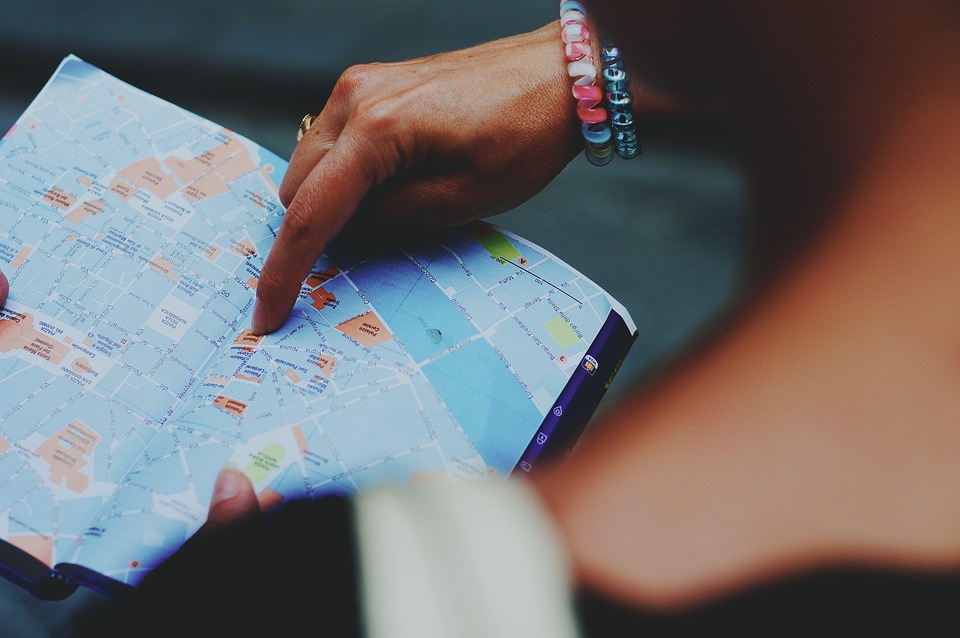
Successful souk shopping requires some strategic knowledge to ensure an enjoyable experience.
How to Bargain Respectfully
Bargaining is an expected cultural practice in Marrakech's souks, but it should be conducted with good humor and respect. Begin by expressing genuine interest in an item, then ask the price. When the merchant states their opening figure (typically 2-5 times the actual value), offer roughly 40% of that amount. The negotiation proceeds from there, ideally landing at about 50-60% of the initial asking price. Always maintain a friendly, unhurried demeanor – aggressive bargaining contradicts Moroccan cultural values.
Safety, Etiquette, and What to Avoid
While Marrakech's souks are generally safe, standard travel precautions apply. Keep valuables secure, dress modestly to show cultural respect, and politely decline unwanted guide services with a firm "La shukran" (no thank you). Avoid photographing people without permission, particularly women and religious sites. When shopping, inspect items thoroughly before purchase, as returns are typically impossible.
Using Maps, Hiring a Guide, or Getting Lost on Purpose
Paradoxically, getting deliberately lost in the souks often yields the most authentic experiences. However, download an offline map application for when you eventually need direction. Major souk intersections feature signs, and the towering Koutoubia Mosque minaret provides a useful landmark visible throughout the medina. When truly disoriented, small tips to shopkeepers for directions generally prove helpful.
Conclusion
Shopping in Marrakech transcends mere retail therapy to become a profound cultural immersion – certainly among the most memorable things to do in Marrakech. Beyond acquiring beautiful handcrafted souvenirs, visitors gain insight into Morocco's artistic heritage, economic traditions, and social fabric. The souks invite travelers to engage all senses: admiring vibrant colors, inhaling exotic fragrances, feeling varied textures, hearing the multilingual bargaining chorus, and perhaps tasting sweet mint tea offered during negotiations. Whether you seek specific treasures or simply wish to experience this ancient commercial tradition, Marrakech's markets offer an unforgettable adventure that ranks among the most essential things to do in Marrakech. Return home not just with remarkable handicrafts, but with stories of meaningful encounters in one of the world's most fascinating marketplaces.

Lynne
Hi, I’m Lynne, a passionate travel writer and local expert at thingstodo.ma. With years of experience exploring Morocco, I love sharing insider tips and guides to help you discover the country’s hidden gems. Whether it's the lively streets of Marrakech or the peaceful shores of Essaouira, I’m here to make sure you experience the very best of what Morocco has to offer. Join me on this journey, and let's explore together!
Related content
Interdum et malesuada fames



